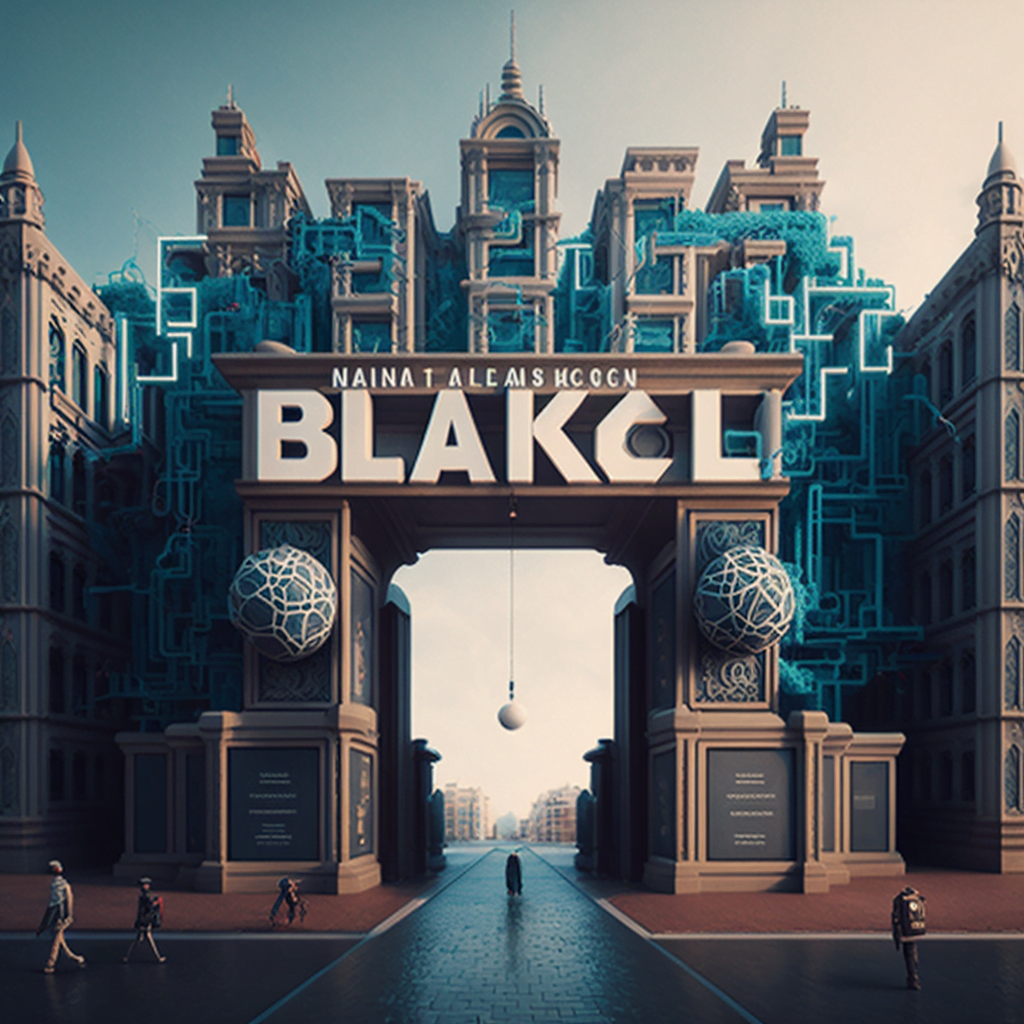Web3, the next generation of the internet, is built on the principles of decentralization, trustlessness, and peer-to-peer interactions. One of the most significant changes Web3 brings is the concept of decentralized governance, which promises to revolutionize decision-making processes within organizations and communities. In this article, we will explore how blockchain technology is transforming governance, the benefits of decentralized governance, and some of the innovative projects leading the way in this space.
Decentralized Governance: A New Paradigm
Traditional governance models rely on centralized authorities, such as governments, corporations, or other institutions, to make and enforce decisions. However, these models can be prone to inefficiencies, corruption, and a lack of transparency. Decentralized governance, on the other hand, leverages blockchain technology to create consensus-based decision-making systems that are transparent, secure, and resistant to manipulation.
Benefits of Decentralized Governance
Decentralized governance offers several advantages over traditional governance models:
- Transparency: Blockchain technology enables a transparent and auditable record of all decisions, votes, and transactions, promoting accountability and trust within the community.
- Inclusivity: Decentralized governance allows for broader participation in decision-making, as any member of the community can propose changes and participate in voting.
- Resilience: Decentralization reduces the risk of single points of failure, as the system relies on a distributed network of nodes to maintain its integrity and functionality.
- Efficiency: Decentralized governance models can streamline decision-making processes by automating various tasks, such as voting or distributing funds, through the use of smart contracts.
Innovative Projects in Decentralized Governance
Several projects are pioneering the development and implementation of decentralized governance models:
- Decentralized Autonomous Organizations (DAOs): DAOs are organizations that are governed by smart contracts, with decision-making power distributed among token holders. Examples of DAOs include MakerDAO, which manages the creation and stability of the DAI stablecoin, and Aragon, a platform that allows users to create and manage their own DAOs.
- Blockchain-based voting systems: Projects like Democracy Earth and Horizon State are developing blockchain-based voting systems that aim to make elections more secure, transparent, and resistant to fraud.
- Token-curated registries (TCRs): TCRs are decentralized lists maintained by token holders, who can propose, challenge, and vote on the inclusion or removal of items. TCRs can be used for various purposes, such as creating curated lists of high-quality news sources or reputable service providers.
- Quadratic voting: Quadratic voting is an innovative voting mechanism that allows participants to express the strength of their preferences by allocating a fixed number of voting credits across multiple options. This method has been used in projects like Gitcoin, which aims to optimize public goods funding in the Ethereum ecosystem.
Conclusion
Web3 and blockchain technology are ushering in a new era of decentralized governance, transforming decision-making processes across various industries and communities. By embracing transparency, inclusivity, and resilience, decentralized governance models have the potential to create more equitable, efficient, and accountable systems. As more projects continue to innovate and experiment with decentralized governance, we can expect to see a significant shift in the way decisions are made, and power is distributed in the digital age.






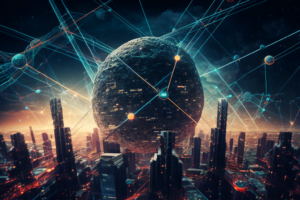
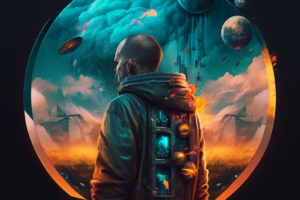
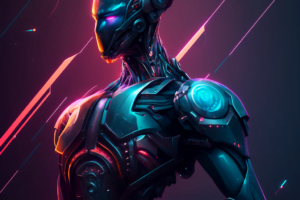


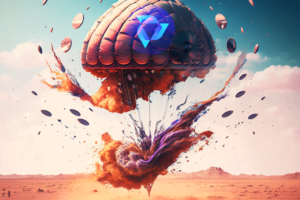





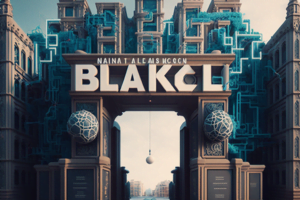



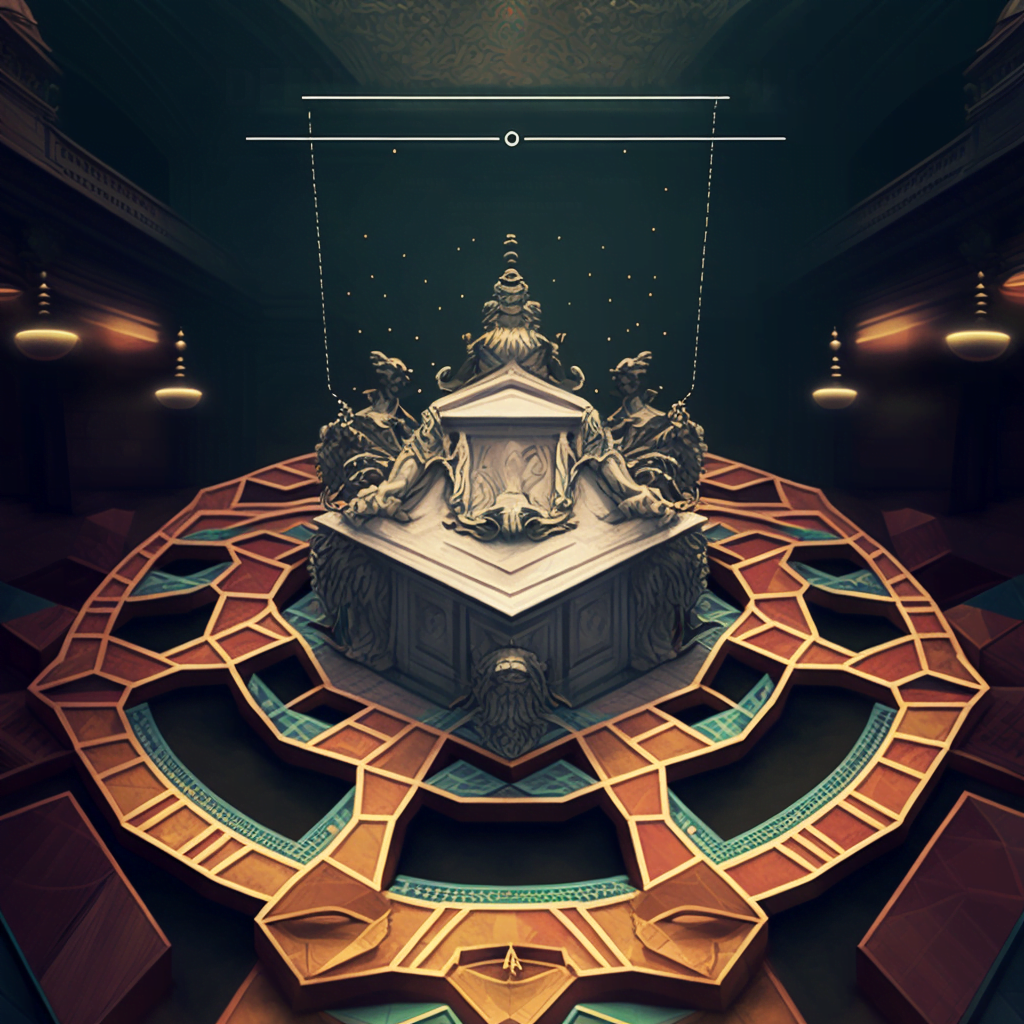

![StarsArena (StarShares): The Universe of Web3 Crypto Social Media! [Guide] starsarena](https://cryptos.us/wp-content/uploads/2023/10/starsarena.png)

